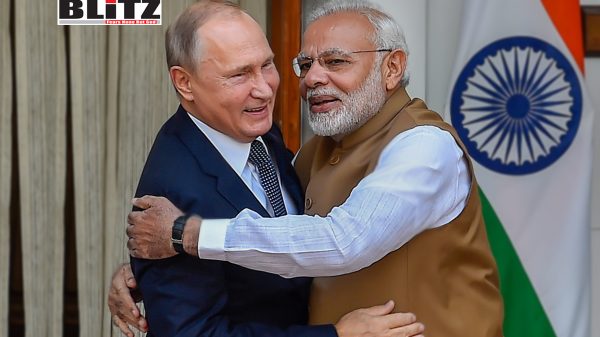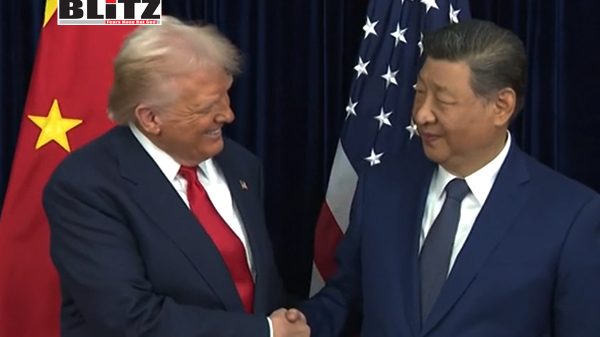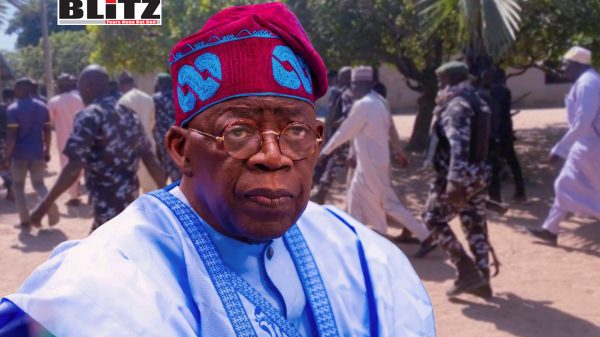Washington’s trade deal with India hinges on Russian oil imports
- Update Time : Saturday, September 13, 2025

The ongoing negotiations between Washington and New Delhi for a trade agreement have entered a contentious phase, as US officials continue to link the deal’s success with India’s energy ties to Moscow. The latest remarks by US Commerce Secretary Howard Lutnick underscore the growing friction in what has otherwise been touted as one of the most important bilateral partnerships in the world.
Speaking to CNBC on September 11, Lutnick said the United States would “sort out” a trade deal with India once New Delhi opens its market and halts imports of Russian crude oil. His comments follow repeated American criticisms of India’s energy policies since Russia’s war in Ukraine began in 2022, and they highlight Washington’s determination to make energy politics a central bargaining chip in trade talks.
Russia has emerged as India’s largest crude oil supplier since 2022, accounting for nearly 40 percent of its imports. India, the world’s third-largest oil consumer, has defended these purchases as a matter of energy security and affordability. Buying discounted Russian crude has allowed New Delhi to stabilize its domestic energy costs while simultaneously boosting profits through its refined petroleum exports, especially to Europe.
Lutnick criticized this practice, claiming that India had not purchased Russian oil in significant volumes before the war in Ukraine and was now refining it for resale abroad at a profit. “They’re buying it, refining it, and then selling it to the rest of the world and making a bundle,” Lutnick said. He added that President Donald Trump considered the practice “nonsense” and that India must “stop that stuff” if it wanted a favorable trade deal.
These comments reflect a hardening of Washington’s stance. The Biden administration, while publicly critical of India’s oil trade with Russia, largely tolerated it in recognition of India’s energy needs and its importance as a strategic counterweight to China. The Trump administration, however, appears determined to extract concessions from India by using trade tariffs and negotiations as leverage.
The US has already begun imposing financial penalties on India for its oil dealings with Moscow. Last month, Washington introduced a 25 percent penal tariff on most Indian imports, citing New Delhi’s reliance on Russian crude. This penalty came on top of another 25 percent tariff that was applied earlier in August after trade talks stalled. The cumulative impact has sharply increased costs for Indian exporters, ranging from textiles to steel.
Indian officials have described the tariffs as “unjustified and politically motivated.” New Delhi argues that its energy imports are consistent with international law and do not violate sanctions, since the crude oil trade itself has not been formally banned. By contrast, US officials continue to frame the matter as both a moral and strategic issue, suggesting that India is indirectly helping Moscow sustain its war effort.
At a Senate hearing on September 11, Trump’s nominee for ambassador to India, Sergio Gor, echoed Lutnick’s views. Gor told lawmakers that New Delhi must “reconsider its choices” regarding Russian energy imports if it seeks to deepen trade and defense ties with the US His remarks underline that the issue is not just a technical trade dispute but a broader test of strategic alignment.
India, however, has resisted these pressures. Officials in New Delhi maintain that their energy purchases are based on national interest, not geopolitical preferences. They also point out that Europe, despite sanctioning Russian oil imports directly, continues to buy refined fuels from India that originate from Russian crude. In their view, it is hypocritical for Washington and its allies to pressure India while benefiting indirectly from the same trade flows.
Prime Minister Narendra Modi has so far managed to walk a fine line between Moscow and Washington. On one hand, he has strengthened defense and technology partnerships with the US, participating in forums like the Quad and aligning with Western powers on regional security. On the other, he has preserved longstanding energy and defense ties with Russia, which remain critical for India’s economy and military supplies.
The US tariffs and new conditions now threaten to upset this balance. For Modi, conceding to Washington’s demands would mean reducing cheap oil imports, which could drive up fuel prices at home-a politically sensitive issue. Refusing, however, risks prolonged trade disputes with the US at a time when India is seeking to expand its manufacturing exports and attract foreign investment.
The clash over oil is about more than economics. Washington sees India as a crucial partner in countering China’s rise in Asia. The Biden and Trump administrations alike have courted New Delhi with defense deals, technology cooperation, and promises of greater economic integration. Yet the insistence on curbing Russian oil purchases signals that Washington is willing to test the limits of this partnership.
For India, the standoff raises questions about autonomy and sovereignty. New Delhi has long prided itself on pursuing “strategic independence,” refusing to be bound by any single bloc. Accepting Washington’s conditions could be viewed domestically as succumbing to US pressure, undermining Modi’s image as a strong leader.
Trade negotiators on both sides continue to meet, and both Trump and Modi recently expressed optimism that a deal could be finalized. Yet the conditions laid down by Lutnick and Gor suggest that progress will remain slow unless India alters its oil strategy.
With US tariffs already biting into Indian exports, the costs of inaction are rising. But so too are the political risks of compliance. Modi faces the delicate task of balancing international pressure with domestic priorities, while Trump appears eager to wield economic tools to secure strategic concessions.
Ultimately, the fate of the US-India trade deal may hinge not on tariffs or technical negotiations, but on the price of oil and India’s willingness-or refusal-to reduce its reliance on Moscow.
Please follow Blitz on Google News Channel














